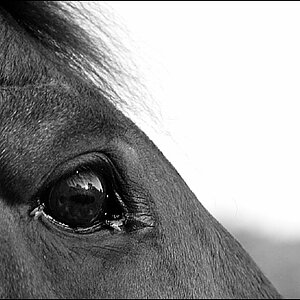theheater
TPF Noob!
- Joined
- Feb 17, 2007
- Messages
- 72
- Reaction score
- 0
- Location
- Halifax, Nova Scotia
- Can others edit my Photos
- Photos OK to edit
I assume I have a problem with lens flare, and I Have 2 questions.... will a polarized filter prevent this? And now that the photo is taken, is there a way to remove the flare in photoshop CS2?





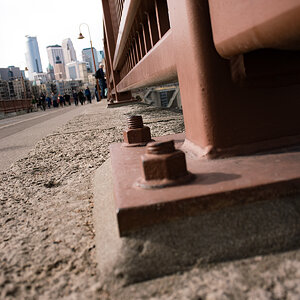



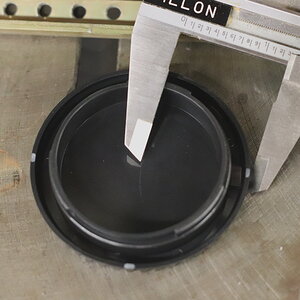
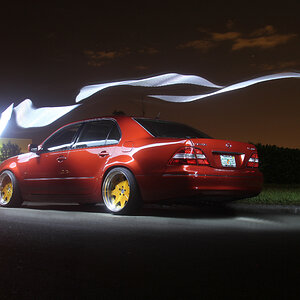
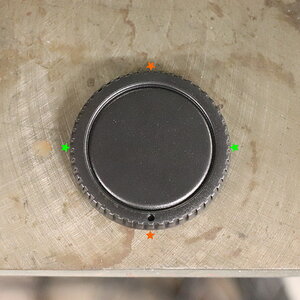
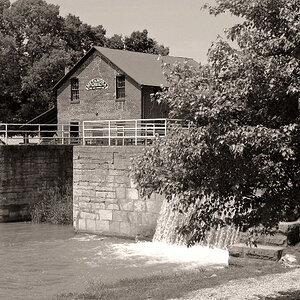
![[No title]](/data/xfmg/thumbnail/36/36600-689bc868e20f53581a083c9054ee0e47.jpg?1619737641)
